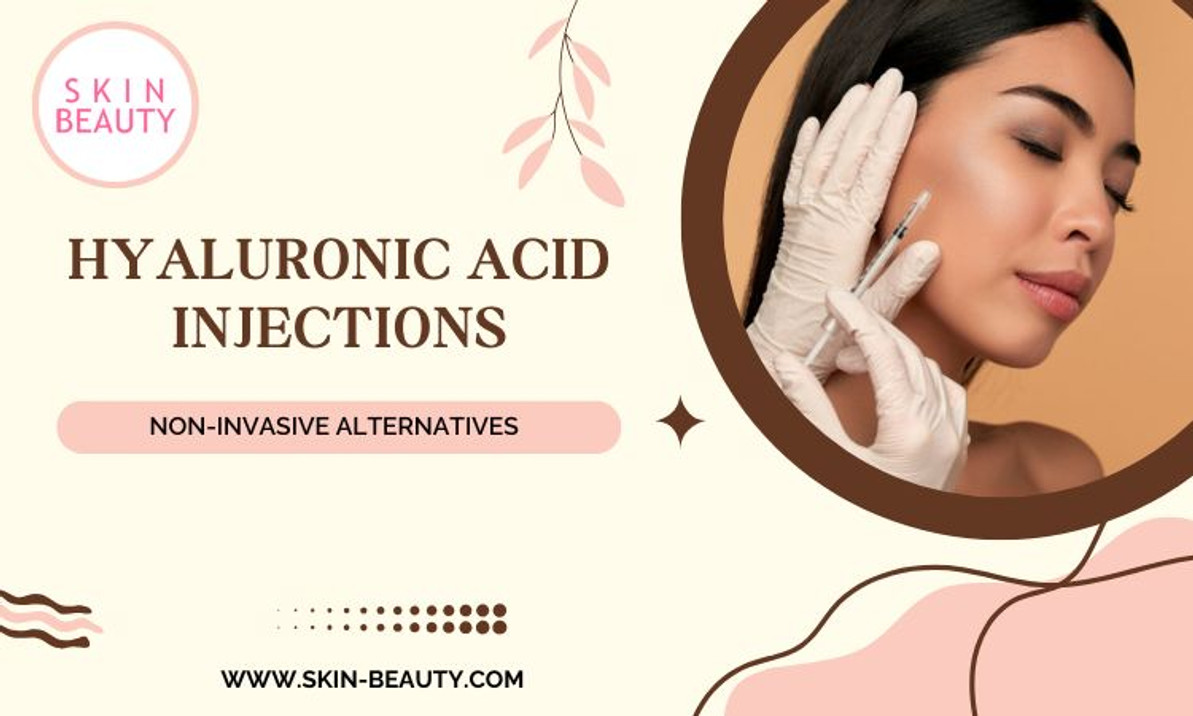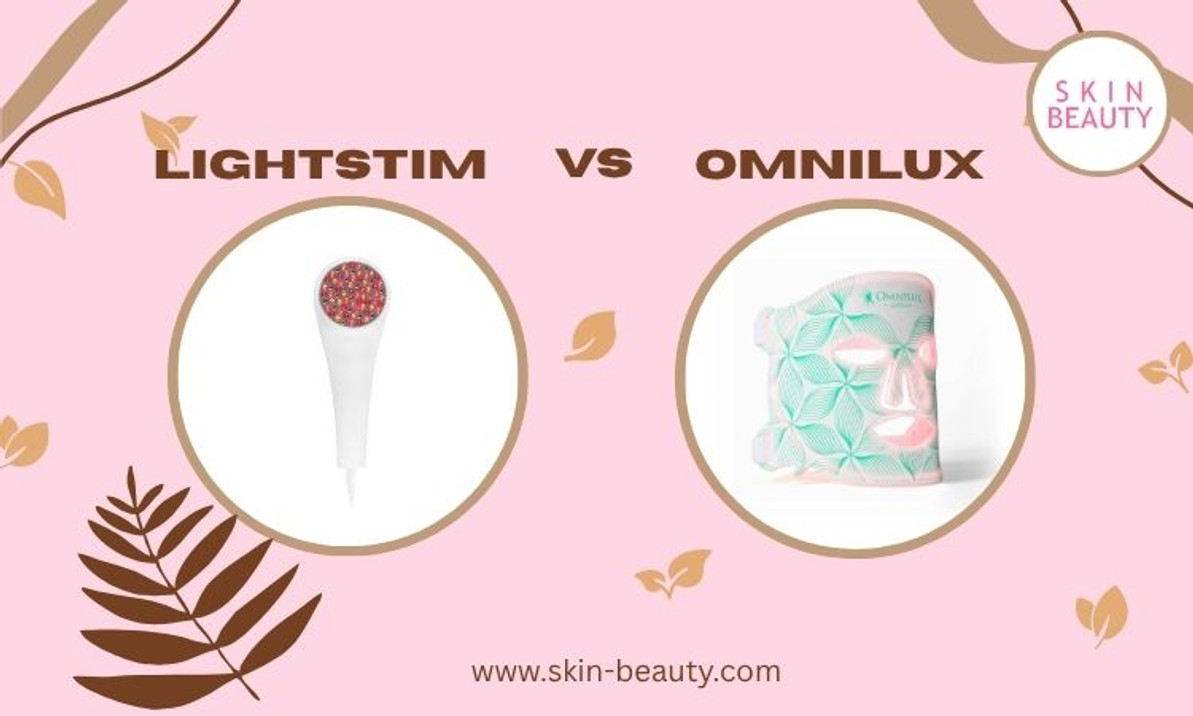The Esthetician's Guide to Washing with Bar Soap vs. Cleanser
Everything from pollution in the air to sweat from your workouts or residue from your scented products ends up on your face at the end of the day. Without a good cleansing, all the dirt, oil, and other dust can build up and lead to redness, irritation, breakouts, and aging skin. While most people don't think of bar soap as a facial cleanser, others swear by it. So which one should you be using? The answer depends on your skin type. However, most bar soaps aren't made to use on your face. Instead, they can leave your skin dry and irritated. In this blog, we will go over the advantages and disadvantages (if any) of cleansing with bar soap.
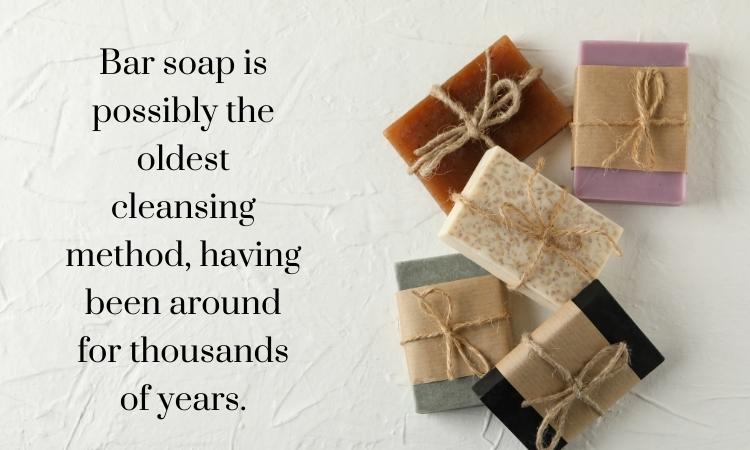
The benefits of washing your face with bar soap
Bar soap is possibly the oldest cleansing method, having been around for thousands of years. While it never really faded, we noticed that it repeatedly cycles back into a trend, making its way into the spotlight. Some bar soaps can be gentle enough to use on sensitive skin. However, before you pick up just any old bar soap for your face, it's essential to make sure it's been formulated for your skin type. Many professional skincare brands offer bar soaps made specifically for your face. Most fans of bar soap enjoy the convenience and sustainability of having a bar soap handy in the shower or at their bathroom sink. Look for unscented, hypoallergenic options, and include more moisturizing ingredients than other products whenever possible. You'll be much more likely to have a positive experience. Look for:
- ceramides
- glycerin
- hyaluronic acid
- niacinamide
Avoid:
- dyes
- parabens
- fragrance
- lanolin
- formaldehyde
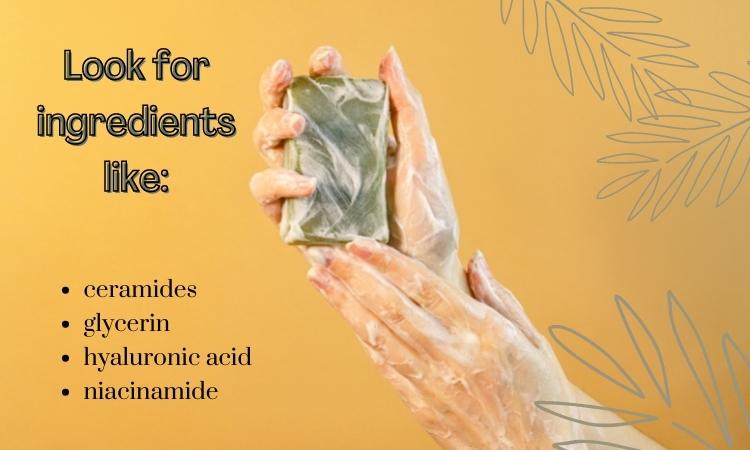
The five best esthetician-approved bar soaps
Anthony Skin Exfoliating + Cleansing Bar: Designed with jojoba spheres to gently exfoliate dull, dead skin cells. Shea butter, squalene, and coconut oil deliver moisturizing benefits to keep skin hydrated, while cucumber extract soothes and cools the skin. The refreshing grapefruit essence invigorates the body from head to toe.
Thalgo Micro Marine Algae Cleansing Bar: A slightly foaming cleansing bar leaving skin feeling clean and fresh. Due to the presence of calendula oil, it is non-drying, purifies, and balances the skin without irritating it, allowing you to enjoy the beneficial effects of micronized algae daily.
Dr. Dennis Gross Skincare Botanical Cleansing Bar: Cleanses the face and body with a rich foaming lather. It is formulated with organic aloe, natural essential oils, and antioxidants to purify the skin and provide a protective barrier. Skin feels healthy, clean, and refreshed. Suitable for all skin types.
PCA Skin Blemish Control Bar - pHaze 32: An anti-bacterial cleanser with salicylic acid and sulfur that helps to clear skin from blemishes and acne. It contains keratin-softening agents to prevent scarring from acne and won't leave the skin dry and flaky.
Le Mieux Clarity Brightening Bar: A unique cleansing and brightening formula perfected by a respected Korean master monk. It contains 38 plant extracts, including Ginseng, Bearberry, Mitracarpe, Glasswort, and Heartleaf. The bar features over two dozen brightening extracts to improve dullness and discoloration, leaving skin hydrated, soft, and refreshed.
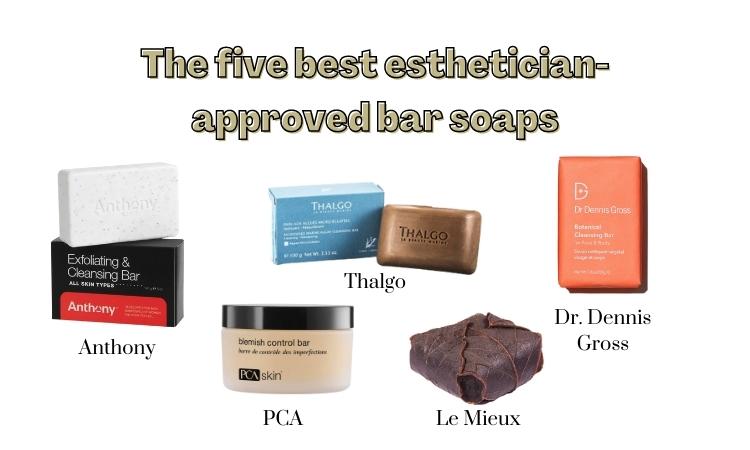
The difference between bar soap and non-soap bars
When a product comes in rectangle or square bar form, it doesn't automatically mean it is what it claims to be. For example, there's a critical distinction between traditional bar soaps and non-soap cleansing bars. Read on to learn more.
Bar soap
Natural bar soap is made by mixing an oil with something alkaline (meaning it has a high pH), usually sodium hydroxide or potassium hydroxide. One standard combo, for example, is coconut oil and sodium hydroxide. (Keep in mind coconut oil is a pore-clogging ingredient.) Combining the two triggers a chemical reaction resulting in sodium cocoate, the leading cleansing ingredient and what you'd see when you read the label. One of the biggest problems with bar soaps is their high pH. (Ranging from 7.5 to 10,) where the skin's natural pH stays at about 5.5. If your skin is put into an alkaline state for a long enough time, it leads to skin barrier damage.
Non-soap cleansing bars
Non-soap cleansers have an entirely different chemistry than their competitor bar soaps. Non-soap cleansing bars are a waterless version of a traditional cleanser solidified into bar form. Instead of combining oil and a hydroxide, these are made using conventional surfactants, the primary ingredients in your regular cleansers used to remove dirt and oil. Surfactants are used in their solid form, heated up, and pressed into a solid bar before being left to cool. The cleansing agents in these bars are part of a group of synthetic surfactants called isethionates. The most common example of a non-soap cleanser is the Dove Soap Bar, which uses a surfactant called sodium lauroyl isethionate to cleanse the skin. Because the Dove bars are not made by adding a hydroxide, they tend to be more pH-balanced than bar soaps and are less likely to strip the skin.
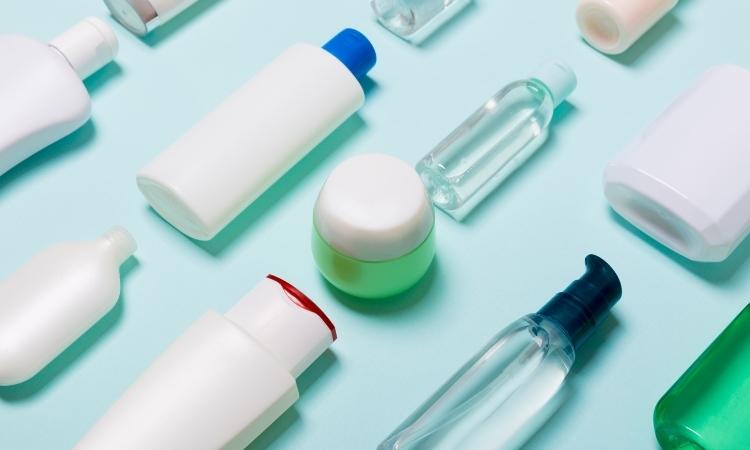
Is it wrong to wash your face with bar soap?
Using bar soap to wash your face isn't ideal. While non-soap cleansing bars are not as bad as classic bar soaps, they're still not perfect. All cleansing bars are waterless, meaning they have low water solubility; therefore, you must rinse thoroughly with warm water to get them off the skin. As a result, it's not uncommon for bars to leave a bit of residue behind. Have you ever had that "squeaky clean" feeling after using a soap bar? Yes, it's from the residue left on your skin where a bar's high pH can cause issues; having something alkaline on your skin for an extended period won't help your skin; even if a bar is pH balanced, having residue on your skin means your other products won't penetrate as well. So, at best, you risk wasting money by not getting the most out of your products. In addition, it could lead to dehydration and a compromised moisture barrier. Of course, no matter how you cleanse, ensure you're following it up with the proper routine for your skin type.
Are there side effects from using bar soap on your face?
Traditional bar soaps are not a good choice for your face, even if they smell lovely and are good enough to use on your body. Here are a few reasons you may want to stay away from using bar soap. Bar soap:
- comes scented and dyed: The scents and dyes may irritate sensitive skin, leaving your skin red, itchy, or blotchy.
- may be harsh: Putting a bar of soap on your face can be rough and irritate your skin if you are prone to redness or irritation.
- drying: Any cleanser you use needs to have moisturizing ingredients, but unfortunately, most traditional bar soaps don't contain clean hydrating ingredients and will strip your skin of natural oil and moisture.
- collect bacteria: How do you keep bar soap sanitary? Please do not share your bar soap; the fewer people who use it, the less germy it will be. Allow your soap bar to dry because bacteria grow better in moist areas, so consider storing your bar in a soap saver that allows it to dry completely in between washes.
Generally, traditional bar soap is too harsh to use on delicate skin. Most bar soaps have a high pH making them great for getting dirt and grease off your body but not the best for getting oils and buildup off your face.
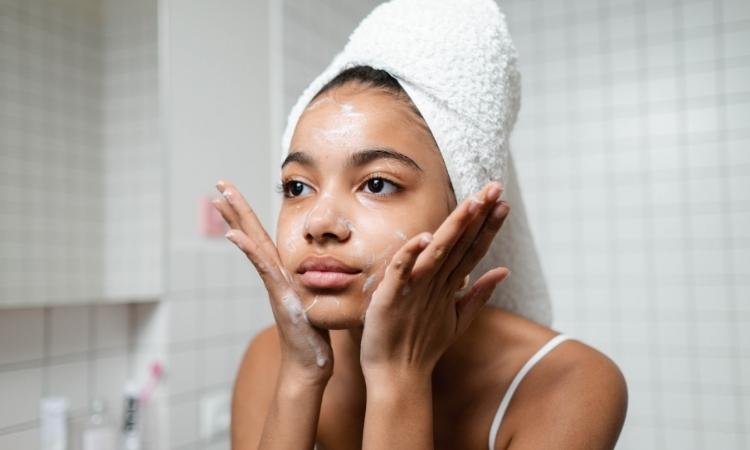
What to use instead of bar soap
You have unlimited options when it comes to facial cleansing. It's essential to look for products made specifically for your skin type. For example, you'll want to look for a cleanser with acne-fighting ingredients like salicylic acid if you're trying to prevent breakouts. If you want to calm your skin, maybe you need an aloe or green tea-based cleanser.
Cream cleansers
Cream cleansers are a great choice if you're worried about your face getting enough moisture. Thick cleansers are usually very gentle and contain many moisturizing ingredients. They're a good choice for anyone who has dry or sensitive skin.
Foam cleansers
Foam cleansers form a foam (obviously) lather that removes excess oils—a smart choice for anyone with oily or combination skin.
Gel cleansers
With a gel-like consistency, gel cleansers are great at deep cleaning your pores and removing oils from your skin. They're generally a good choice for anyone with acne-prone or oily skin.
Oil cleansers
Oil-based cleansers are one of the most gentle ways to clean your face. They are great at unclogging your pores and removing makeup. Oil cleansers are based on oils safe for skin, such as argan, tea tree, or jojoba, and can be a good choice for almost anyone.
Micellar cleansers
Micellar cleansers have become more popular recently. Micellar cleansers are perfect for getting oil, buildup, and makeup off your skin. Many also like them for convenience, as you don't need to rinse a micellar cleanser off your face.

Are cleansing bars safe for sensitive skin?
Some speculation is that cleansing bars are a good option for sensitive skin since they are free of preservatives. We would argue this is only beneficial if you have a known preservative allergy, which isn't expected. Some people with sensitive skin can use cleansing bars because the ingredient lists are usually short and straightforward. However, this doesn't precisely mean cleansing bars are better, and it means you've eliminated something that was an irritant for you. Sensitive skin can mean many things, and a cleansing bar isn't an automatic fix. For example, most cleansing bars contain fragrance, the most common preservative to irritate sensitive skin.
Does bar soap cause acne?
There is little evidence to support whether bar soaps improve or worsen acne. Therefore, we wouldn't recommend that someone looking to tame breakouts use this as a cleansing method. You do not want to cause additional irritation or disrupt your skin barrier since this will only worsen breakouts because bar soaps and bar cleansers are more likely to do both; steer clear.
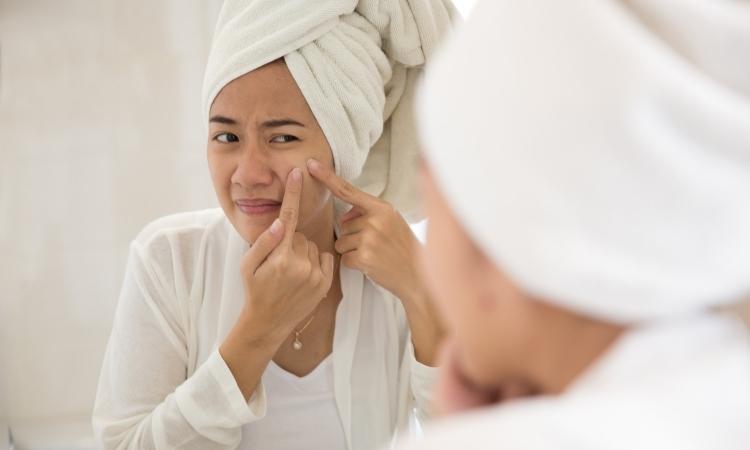
What is the best way to cleanse your face?
The best way to cleanse your skin is by using a non-drying, sulfate-free and alcohol free cleanser for your specific skin type and concerns. Beyond choosing the right cleanser for your skin type, you'll want to ensure you're cleansing your face correctly in the morning and evening.
How to wash your face correctly in 6 steps
Washing your face correctly is essential to your daily hygiene and self-care. Choose the right cleanser for your skin type, and wash your face in the morning, night, and after heavy sweating/working out.
These steps below help create healthy skin:
- Wet your face with your hands using lukewarm water.
- Using your hands, apply the cleanser to your damp face.
- Was your face using gentle circular motions
- Use lukewarm water to wash the cleanser off your face.
- Use a soft towel to pat your face dry.
- Apply a moisture-locking face cream or hydrator.
Remember to be very gentle when you cleanse your face. It's important not to scrub your face; use washcloths or rough tools. Hard scrubbing can irritate your face and make any skin problems much worse.
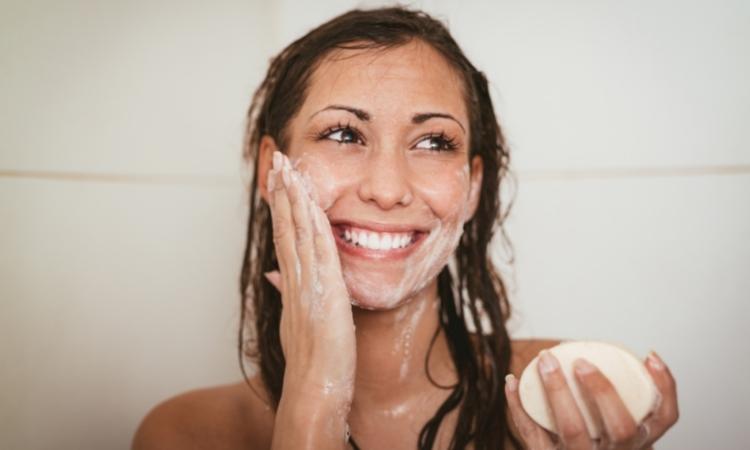
Bar soap in conclusion
Most bar soap isn't intended to go on your face. It's pretty harsh and can irritate your skin. There are many facial cleansing options; your best choice will depend on your skin type and personal preference. No matter what, it's crucial to choose a cleanser that's made specifically for you. Proper face washing, including using appropriate cleansers, can help keep your skin healthy. If you decide to use bar soap, look for enhancing healthy ingredients and try to purchase professional recommendations only.
Recent Posts
-
Hyaluronic Acid Injections
Hyaluronic Acid Injections: What to Know & Non-Invasive Alternatives That Actually Work In the p …Jun 17th 2025 -
Kojic Acid Creams
My Kojic Acid Journey: How One Ingredient Transformed My Skin (And the Best Kojic Acid Creams to Try …Jun 11th 2025 -
LightStim vs. Omnilux
LightStim vs. Omnilux: My Real LED Skincare Results & Which One I Recommend LED light therapy&nb …Jun 3rd 2025


